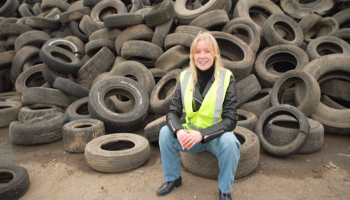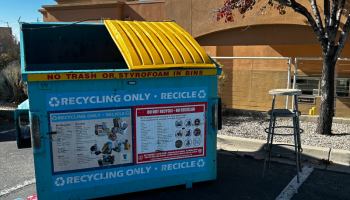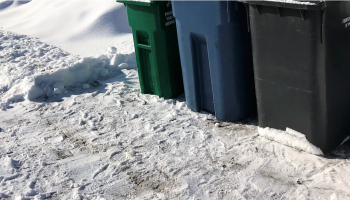From Junk to Treasure: Unveiling the Secrets of Recycling Ordinary Industrial Waste
For ecological reasons and to save raw materials, recycling and recovery of waste have become obligations for all industrial companies in New York State. If hazardous waste, inert waste and other types of waste can be recycled and revalorized, what about ordinary industrial waste? Find out everything you need to know about the recycling and recovery of DIBs, namely their classification as well as the different stages of their recovery.
Ordinary industrial waste: definition
There are different categories of waste in NY such as non-hazardous industrial waste, hazardous waste, inert waste or even ordinary industrial waste. They are described as ordinary when they are neither inert nor dangerous. These types of waste are generally recyclable and can decompose. We distinguish, among others:
- Production waste (metals, scrap metal, and other materials)
- Organic waste (branches, leaves, green waste and sanitation waste and others)
- Office waste (furniture, paper, textiles, computer consumables, etc.)
This concerns the various types of waste produced by all types of businesses, regardless of their sector of activity and size. Please note that service providers, traders, industrial companies and others can all generate industrial waste.
The stages of valuation of rdinary industrial waste
Storage and collection of waste
The recovery of ordinary industrial waste follows a well-defined waste management cycle. First of all, the company will need to put in place waste storage solutions according to the waste categories. It is an effective solution for sorting waste beforehand. To do this, you will need to use bins dedicated to each category of waste. This waste, stored in its containers, will then be transported to recycling centers or sorting centers. If you choose to use service providers like Buffalo Dumpster Rental HQ for the management of your industrial waste, their team will be responsible for the collection, transport and management of your waste.
Sorting of industrial waste
At the sorting center, professionals will be responsible for sorting and determining the nature of the waste collected. To speed up sorting, companies generally use the latest high-performance equipment to quickly determine the nature of waste (frame extractors, separation tables, stationary belts, rotating separators and others). After sorting, the waste will be grouped into two main groups:
- Recyclable waste (metals, pallets, wooden furniture, plastics and others)
- Non-recoverable waste or ultimate waste (those which can no longer be treated: household waste, bulky waste, etc.)
These two groups will then follow two different paths.
Treatment of recoverable waste
Since this waste is recyclable, it will be grouped and transported by dumpster rentals to companies and industrialization centers where it will be treated according to its nature and type (metal, wood, plastic, and others). This waste will be transformed to become tools and materials that we will use on a daily basis.
Treatment of non-recoverable waste
Final waste can be treated in two different ways. The most frequently used technique is energy recovery. This technique consists of recovering waste in the form of energy (electricity, hot water, steam, etc.) by carrying out thermal treatment (gasification, incineration, etc.) or by recovering biogas. The energy produced by the treatment of this final waste is often used to power the district heating network or those of companies in the sector.
Final waste can also be stored or buried in a Final Waste Storage Center. This is a definitive option until new treatment solutions for this waste are found. In order to preserve the environment, these centers are subject to strict regulations as well as regular checks.







